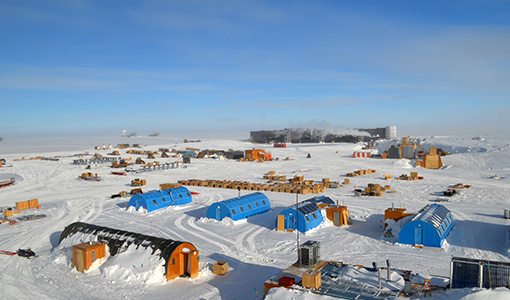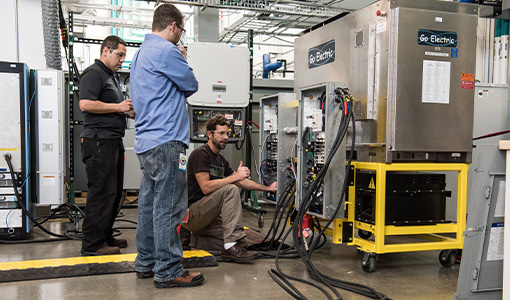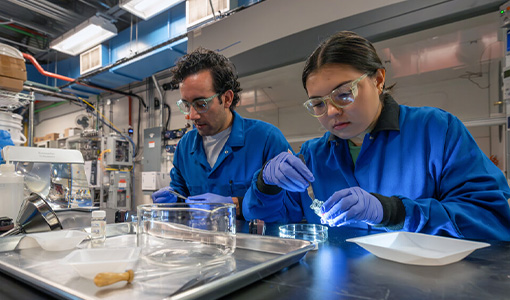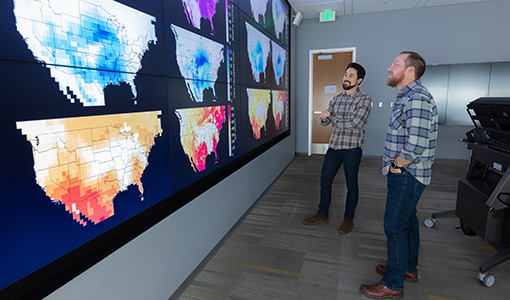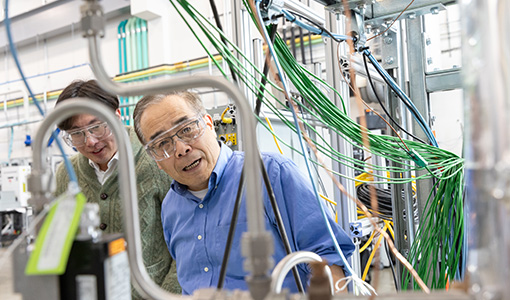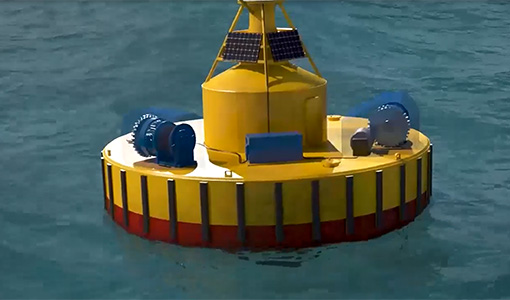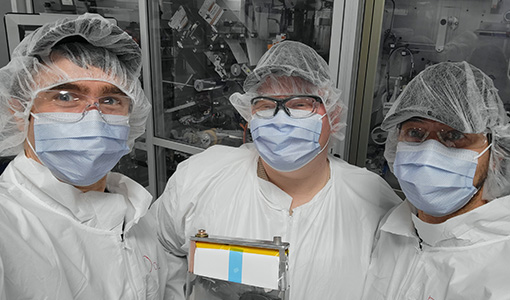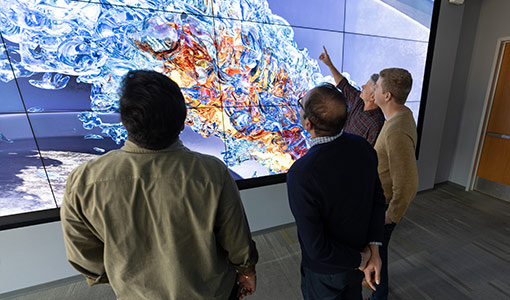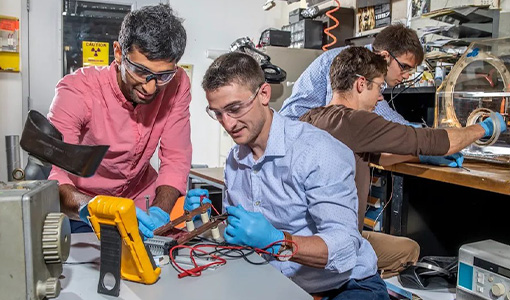Feature Stories
The following feature stories take an in-depth, behind-the-scenes look at how NREL is advancing energy efficiency and renewable energy technologies.
June 2024
June 20, 2024
How To Power the South Pole With Renewable Energy Technologies
From research to life in the Antarctica research stations, diesel fuel provides almost all of the necessary power. The fuel is shipped to Antarctica and either flown or trucked to the South Pole, an expensive proposition that could be greatly reduced using wind and solar.
May 2024
May 20, 2024
Startups Break New Ground at 2024 Industry Growth Forum
NREL's 29th annual Industry Growth Forum sold out for the second year in a row with nearly 900 attendees.
April 2024
April 24, 2024
IN² at 10 Years: How It Started, How It's Going, What's Next, and Beyond
For its 10th anniversary, the Wells Fargo Innovation Incubator (IN²) is expanding in a major way.
April 18, 2024
The (In)Visible Plastic Pollution Problem
Together, BOTTLE's upstream approach and WaterPACT's downstream approach to addressing the plastic pollution problem will enable a better future for humanity and our environment.
April 10, 2024
NREL Unveils Groundbreaking Generative Machine Learning Model To Simulate Future Energy-Climate Impacts
As countries worldwide transition to more wind and solar generation and electrify energy end uses, societies are becoming more intertwined with weather conditions.
April 8, 2024
Puerto Rico Can Reach Its 100% Renewable Energy Goal by 2050
NREL led PR100 to model possible scenarios built on stakeholder priorities of energy affordability, resilience and reliability, land use, and economic benefits.
March 2024
March 28, 2024
Solution to Energy Storage May Be Beneath Your Feet
Superheated sand provides one answer to the problem of long-term energy storage. Researchers at NREL built a prototype that proved the technology works. A larger-scale version is the next step.
March 20, 2024
Could a New Renewable Energy App Help Inspire Future Climate Crusaders?
Newly launched Renewable Energy Discovery Island could make it easy to teach, explore, and learn about clean energy (especially water power).
February 2024
Feb. 13, 2024
Unleashing the Power: BatMan Project Revolutionizes Battery Manufacturing
A recent battery manufacturing project—affectionately coined BatMan—has developed a novel laser patterning process to alter the microstructure of battery electrode materials.
January 2024
Jan. 29, 2024
On the Ground in Colorado, NREL Is Simulating Sustainable Aviation Fuel Combustion During Flight
A cross-disciplinary research team is gathering meticulous fuel chemistry data to equip the aviation industry with an ultra-detailed sustainable aviation fuel (SAF) combustion simulation. Powered by supercomputers, the "virtual jet engine" can predict how SAF performs during flight and provide insights on how to tune it to maximize its safety and performance.
Jan. 18, 2024
How NREL Helps Startups From the Beginning
Antora Energy, a startup focusing on improving heating, ventilating, and air conditioning technology, would not be where it is today without the help of NREL.
Share

